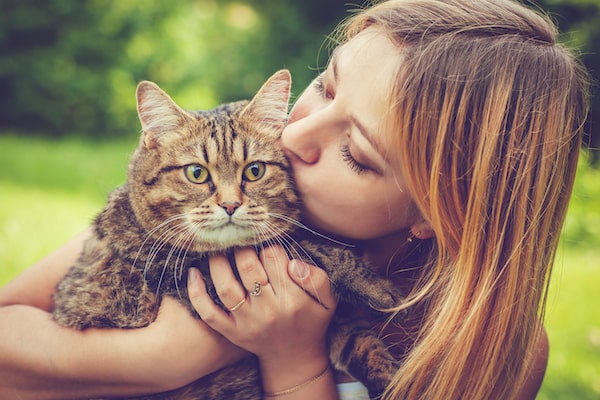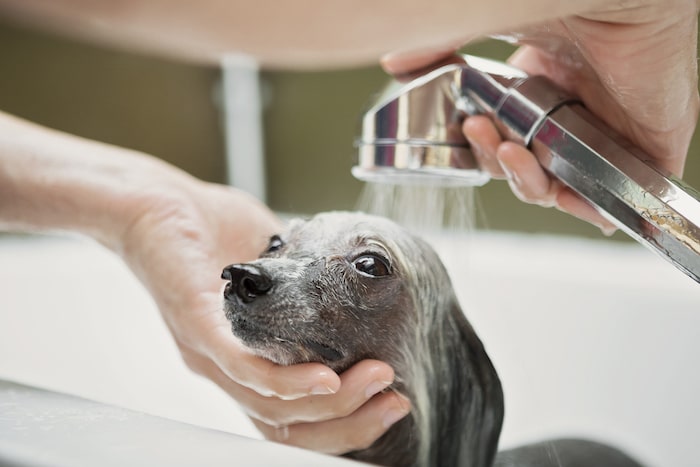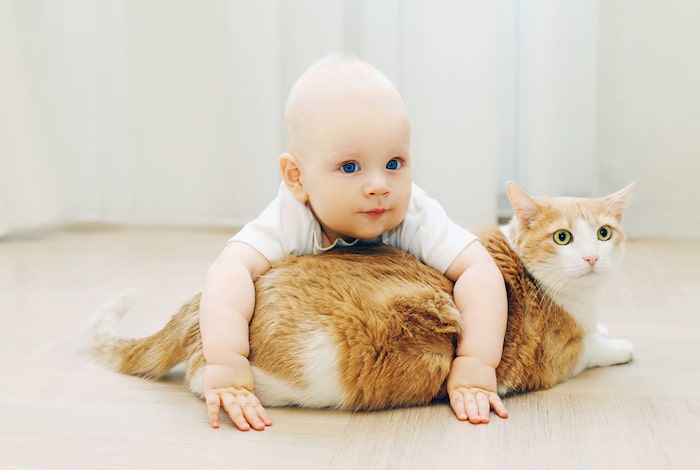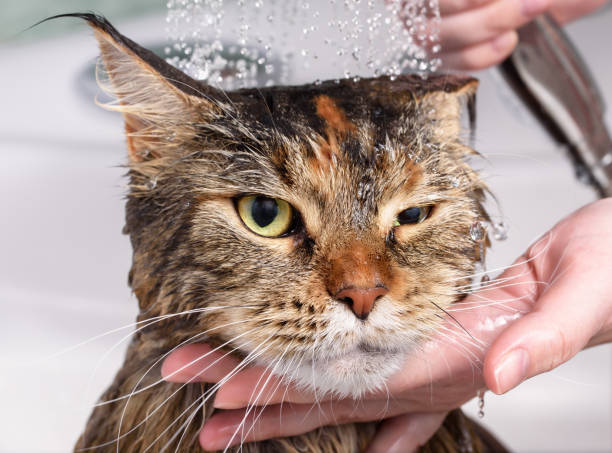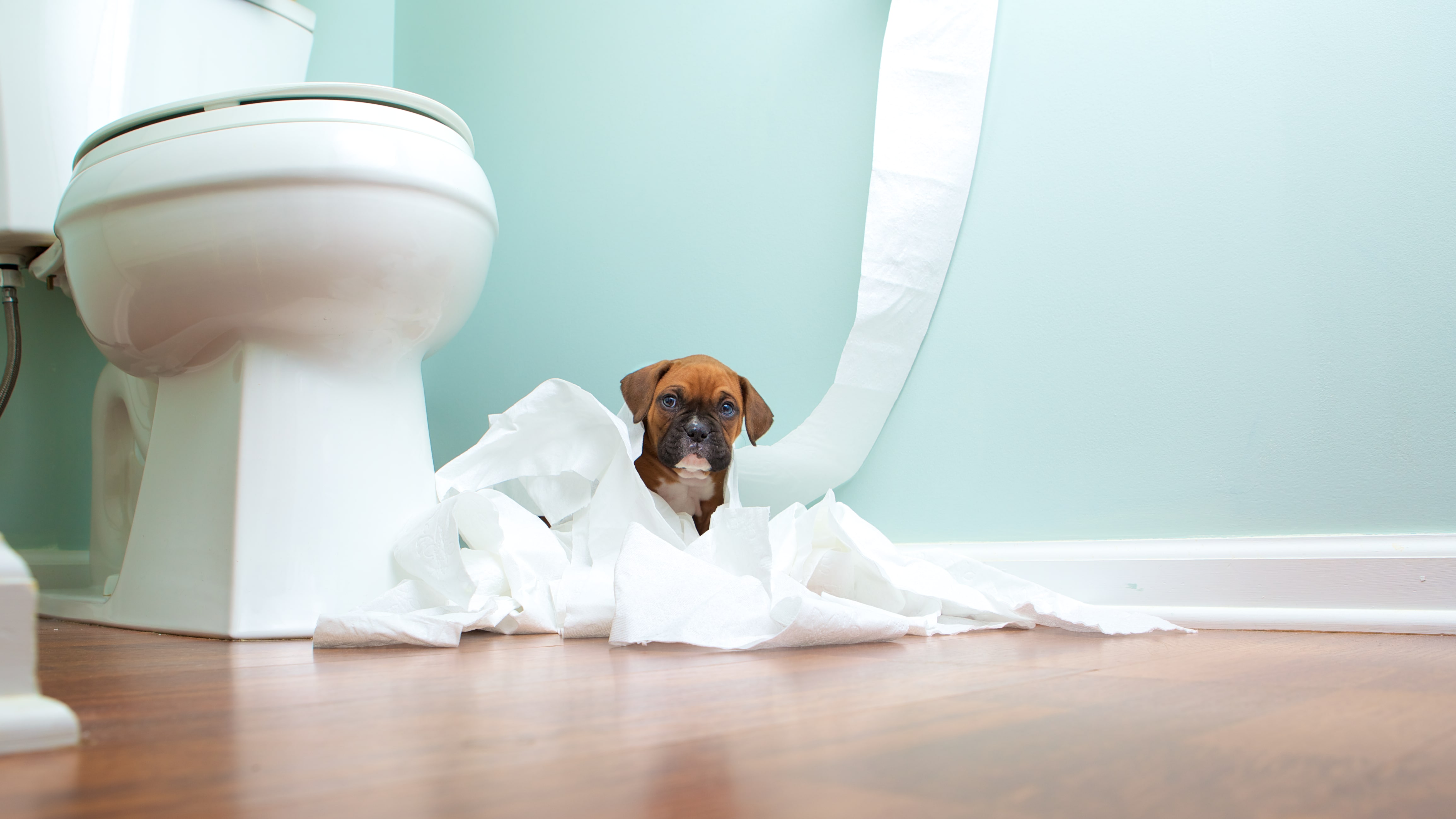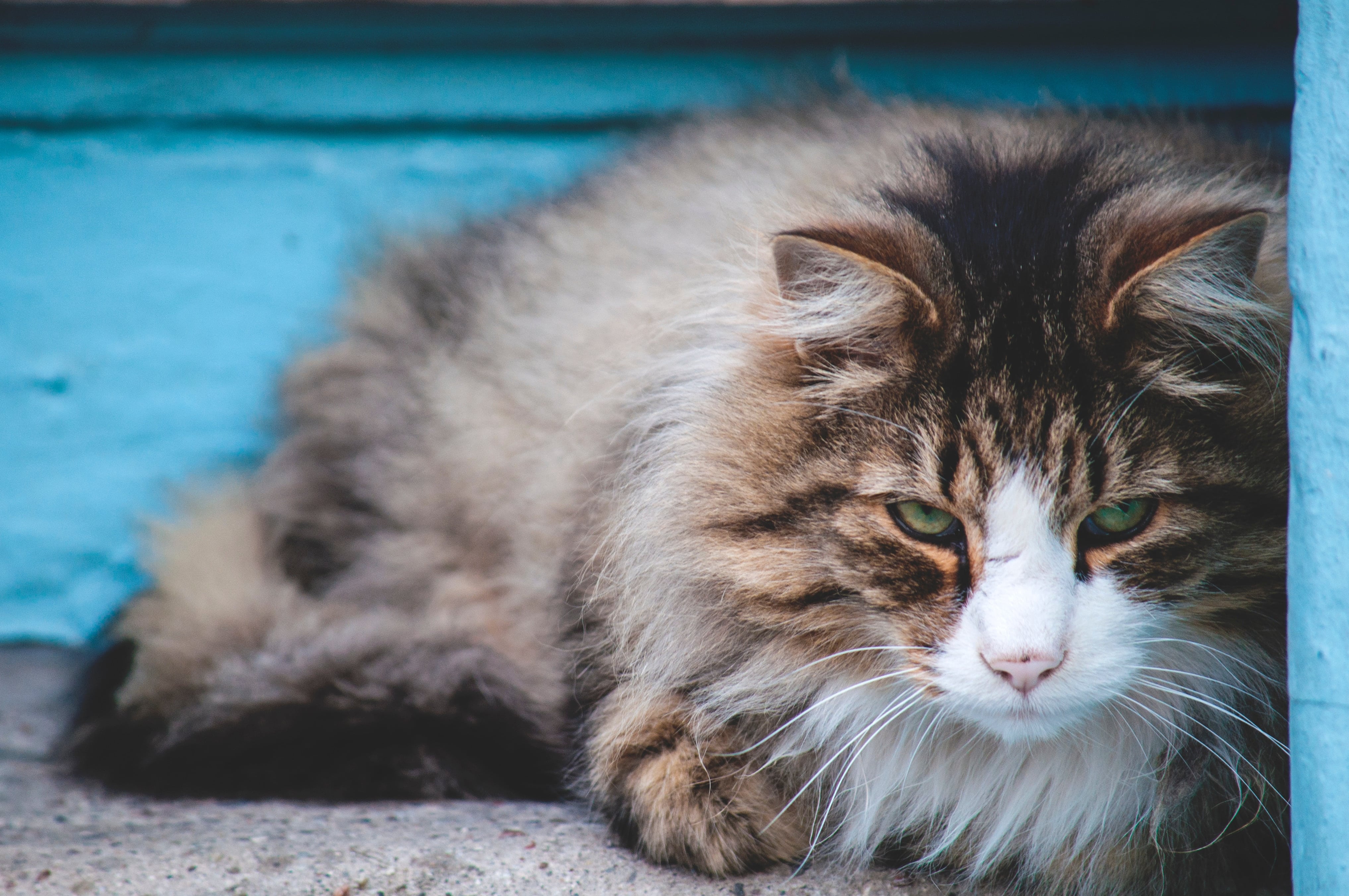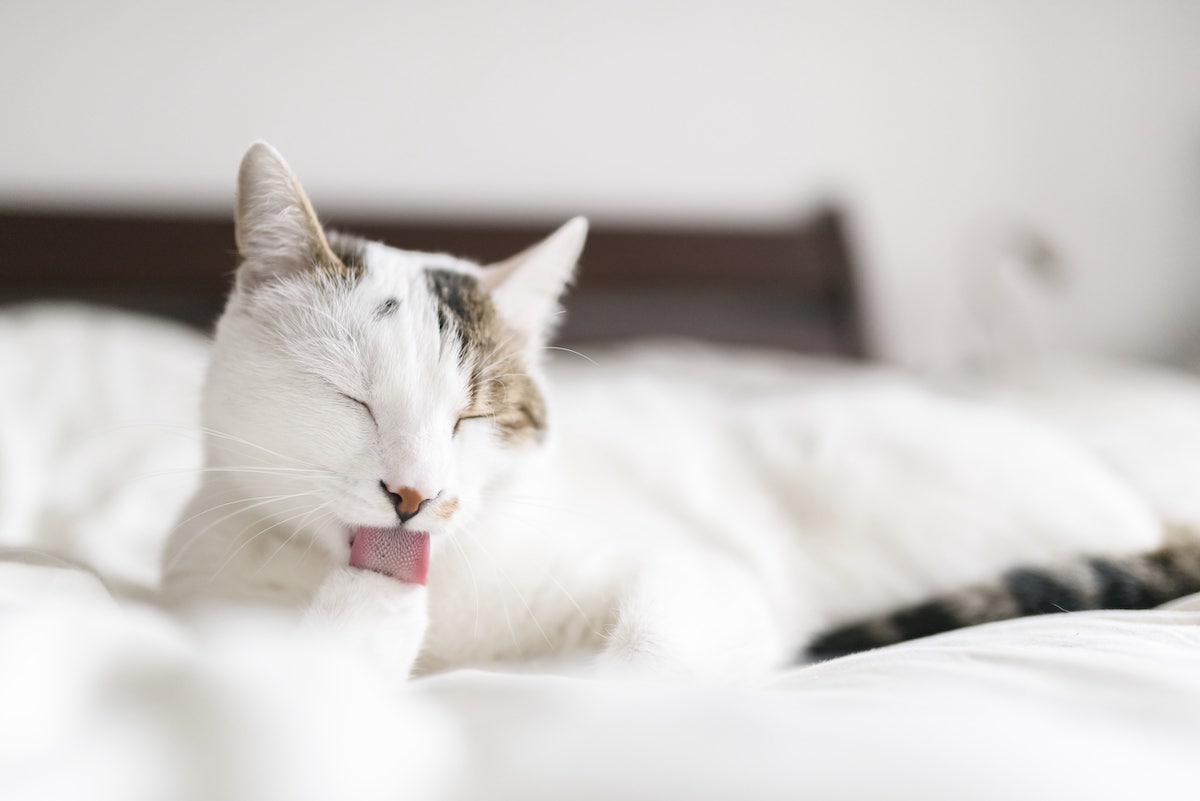
How to Remove Cat Urine Smell With These 5 Tricks
by Jane Meggitt - 5/2/19
If anyone enters your home and immediately says, “You have cats,” even though no felines are in evidence, it’s a good bet their olfactory nerves tipped them off. How to remove that cat urine smell? Fortunately, there are plenty of safe products on the market that can rid your home of kitty odors.
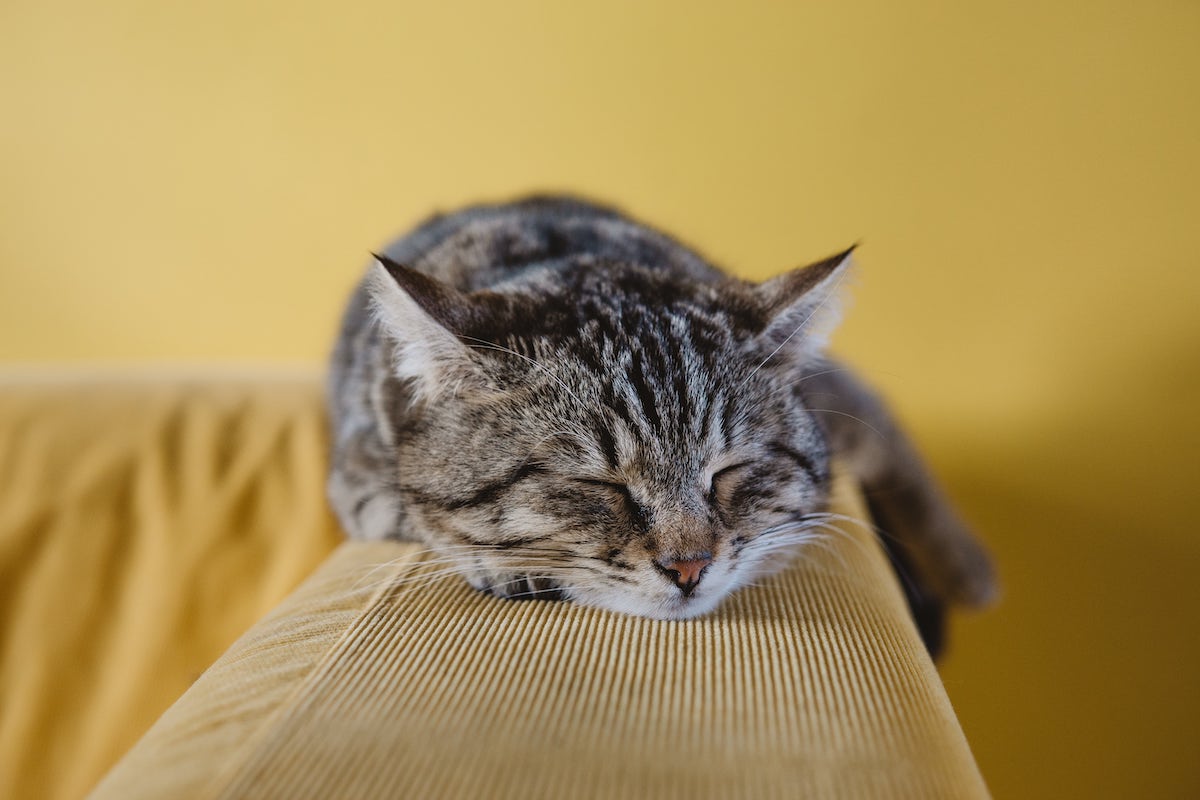
1. How to Remove Cat Urine Smell
Wherever your cat is peeing, the first step in removing the odor is to thoroughly clean the urine as soon as possible. The longer the urine lingers, the worse the smell becomes. Use cold water and paper towels to mop up the liquid. For best results, use an enzyme-based pet stain and odor removal product on the stained spot. These enzymes work by eradicating the acid in the urine and neutralizing bacteria. After saturating the area with the enzyme cleaner, place a damp towel over the spot and let it sit overnight.

2. How to Get Cat Urine Smell Out of Carpet
Again, remove the liquid via cold water and paper towels, followed by an enzyme cleaner and damp towel. After removing the towel, vacuum the carpet. While you can use a wet vac with cool water on your carpet, don’t use a steam cleaner. The heat from the steam can cause the odors to set. Once you’ve finishing cleaning and wet vacuuming, sprinkle a liberal amount of baking soda on the soiled part of the carpet for further odor absorption. Leave the baking soda on the carpet an hour or so and then vacuum it up.
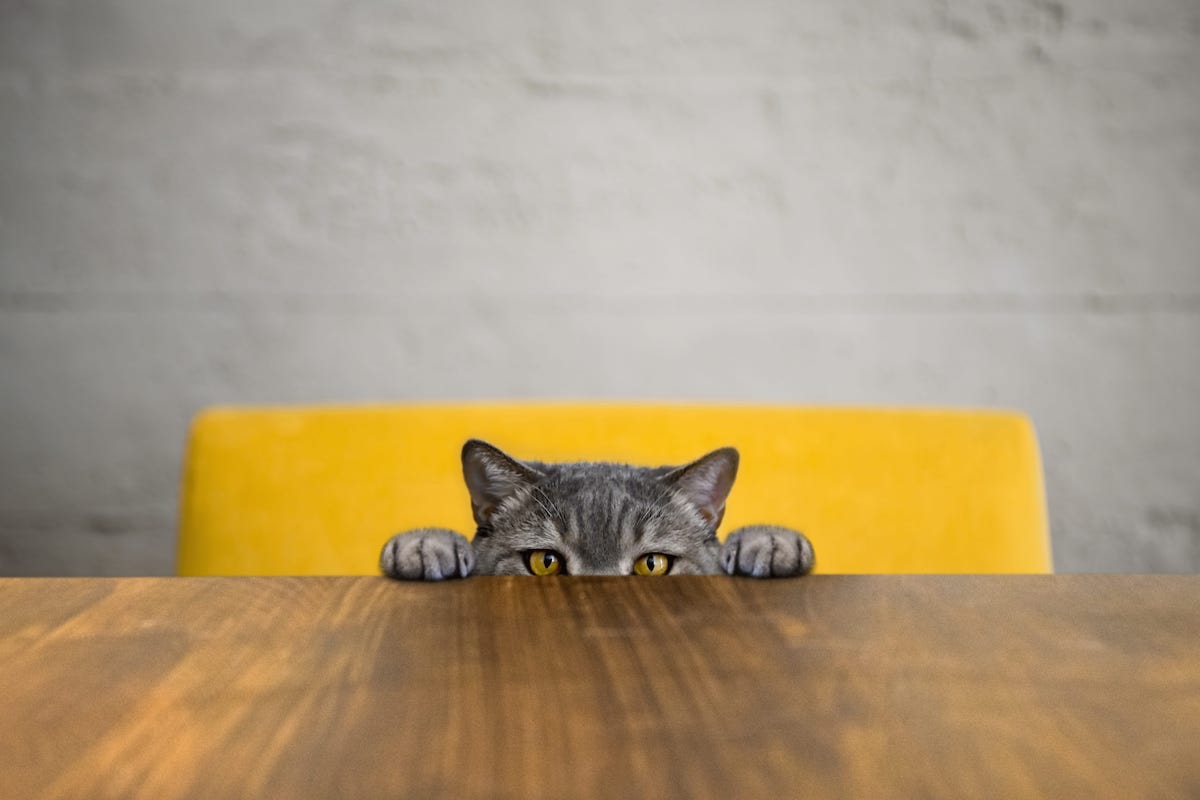
3. How to Get Cat Urine Smell Out of Wood
If your wooden floors are sealed, paper towels to mop up urine and a good wooden floor cleaner designed for pet odors and stains should do the trick. If your floors aren’t sealed, after cleaning up the urine, place white vinegar on the area and let it sit for several minutes. Blot it up with a paper towel or dry cloth, then add more vinegar with a sponge and gently scrub it into the stain. Follow that up with a light water rinse, using a paper towel or cloth to blot up the wetness until you can’t feel any moisture. The last step is the enzymatic cleaner, but test the product first on an unobtrusive part of the floor.
The bad news is that if this method doesn’t remove the stain and odor, you’ll have to sand the stained part down to clean wood, because the urine has soaked into it. If you seal the floor at this point, a repeat performance by your cat won’t soak the wood with pee.

4. How to Get Cat Pee Out of Clothes
Clothes left in a heap—or even in a laundry basket—can become a litter box substitute for errant felines. Your first instinct is to throw the soiled garments into a washing machine, but that’s a mistake. Not only can washing urine-soaked clothing immediately cause the odor to set, but if there are other clothes in the load, they can end up smelling like cat pee, as well.
First, rinse the affected area in cold water, then blot it with paper towels. Avoid scrubbing, since this can cause the urine to sink more deeply into the cloth. Instead, soak the rinsed articles in a sink or bucket after adding a half-cup of oxygen—not chlorine—bleach for approximately two to three hours. Next, remove the clothing and place it in a solution of one-part white vinegar to three cups water. Place some baking soda on the stain as well, and allow the mix to sit for 10 to 15 minutes. At this point, it is safe to wash the soiled items in the washing machine, using the cold water setting. Don’t add any detergent. When the load is done, hang the clothes out to dry. Don’t put them in the dryer, since hot air causes the odor to set.
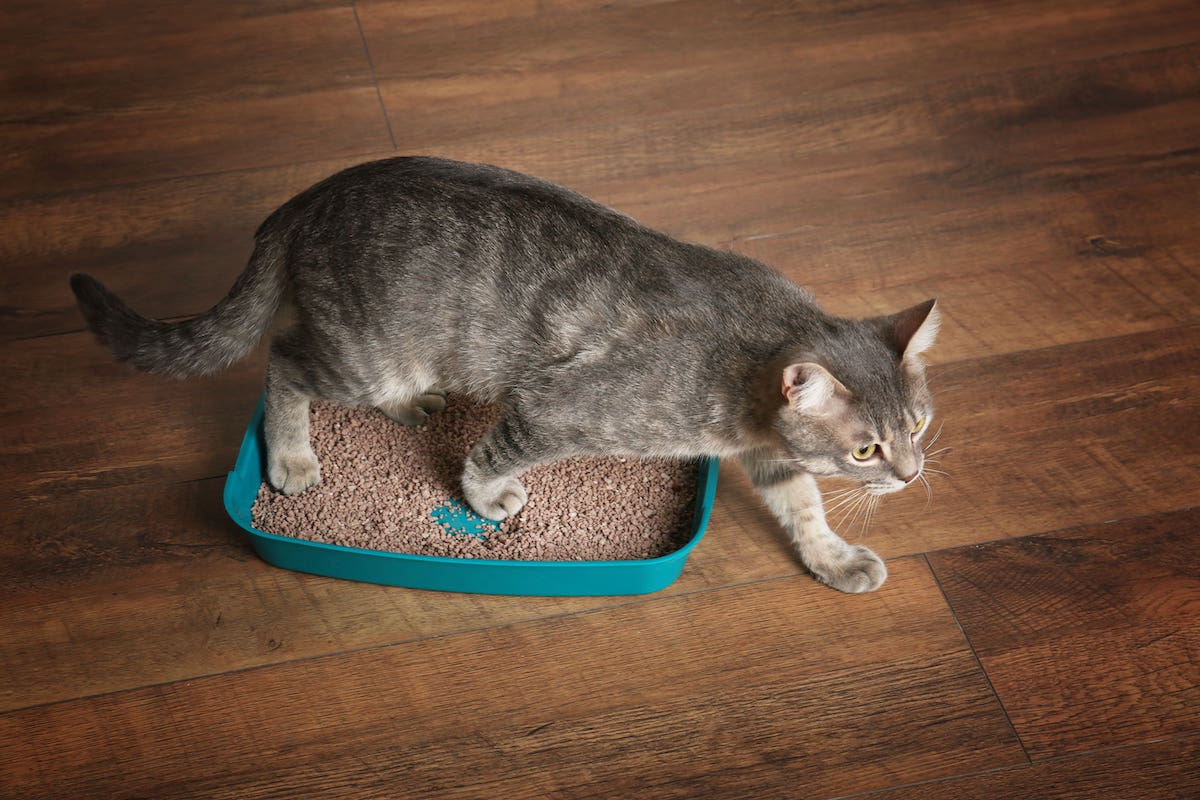
5. Why Is Your Cat Eliminating Inappropriately?
The polite term for cats urinating or defecating outside the litter box is “inappropriate elimination.” If your cat is peeing where he shouldn’t, you must get to the bottom of it, no pun intended.
Are you cleaning the litter box regularly? Cats loathe dirty litter boxes. If you have multiple cats, do you have the right kitty to litter box ratio? Ideally, set out a litter box for each cat. If that’s not possible, provide at least one litter box for every two felines.
If your cat formerly used the litter box regularly but is now having accidents in the house, figure out if anything has changed. Is there a new person or pet in the home? Did you move the litter box, or change the type of litter used? Older cats may have arthritic or other issues that don’t allow them to feel comfortable using certain types of litter boxes.
If Kitty continues to inappropriately eliminate, take him or her to the vet for a thorough checkup. Your vet has dealt with many cases of inappropriate elimination, and will advise you on the best options for solving the problem.
A graduate of New York University, Jane Meggitt’s work has appeared in dozens of publications, including USA Today, The Alternative Daily, nj.com, The Happy Cat Site and The Nest Pets.
References
- https://www.petfinder.com/cats/living-with-your-cat/5-cat-urine-odor-removal-tips/
- https://www.goodhousekeeping.com/home/cleaning/a25351223/cat-pee-smell/
- https://www.thesprucepets.com/remove-urine-odor-from-laundry-555190
- www.dog-grooming-training.com/articles/how-to-groom-a-dog-step-by-step
- https://chrisreining.com/how-to-permanently-remove-cat-urine-from-carpet/


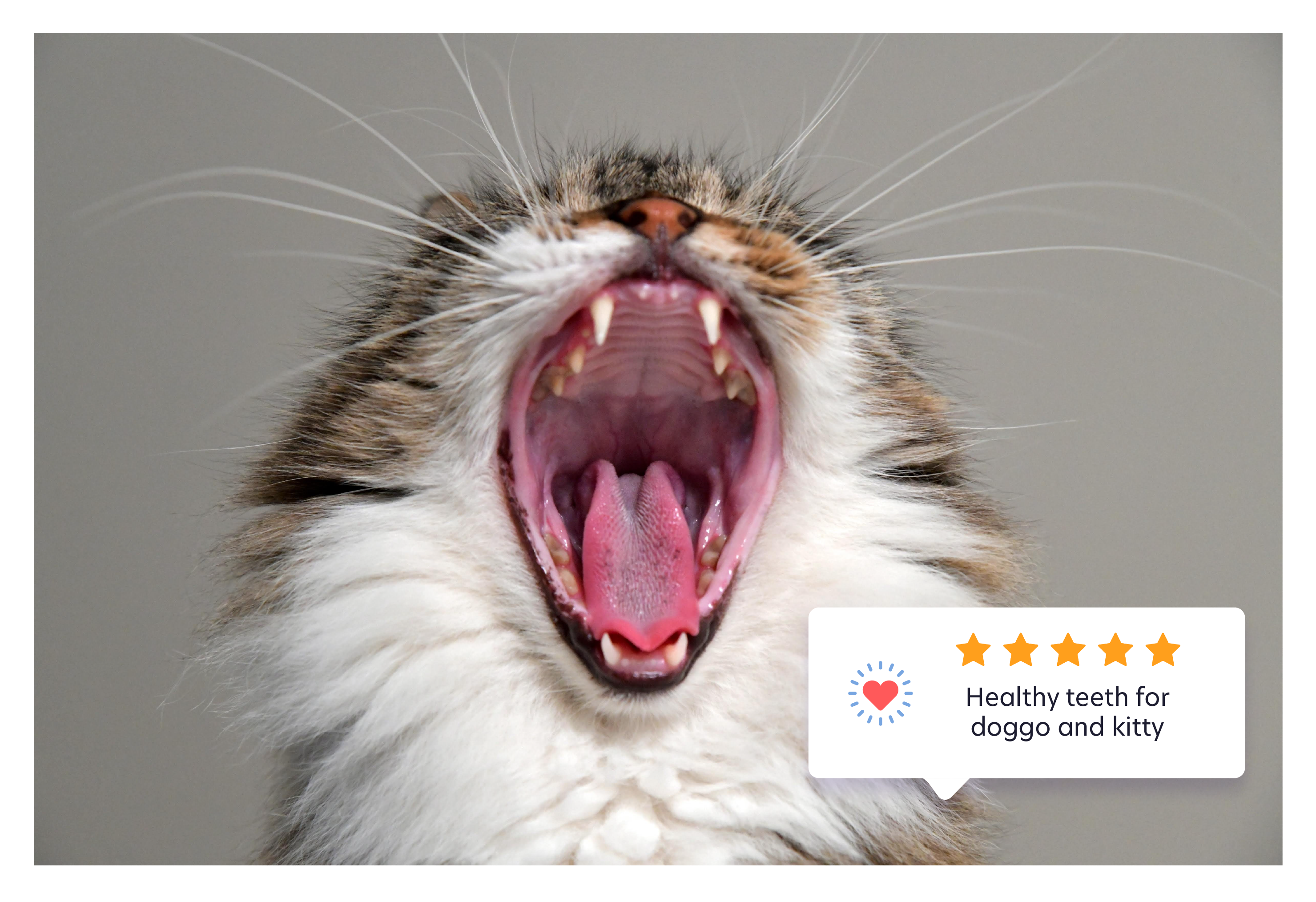

.jpg)

.jpg)

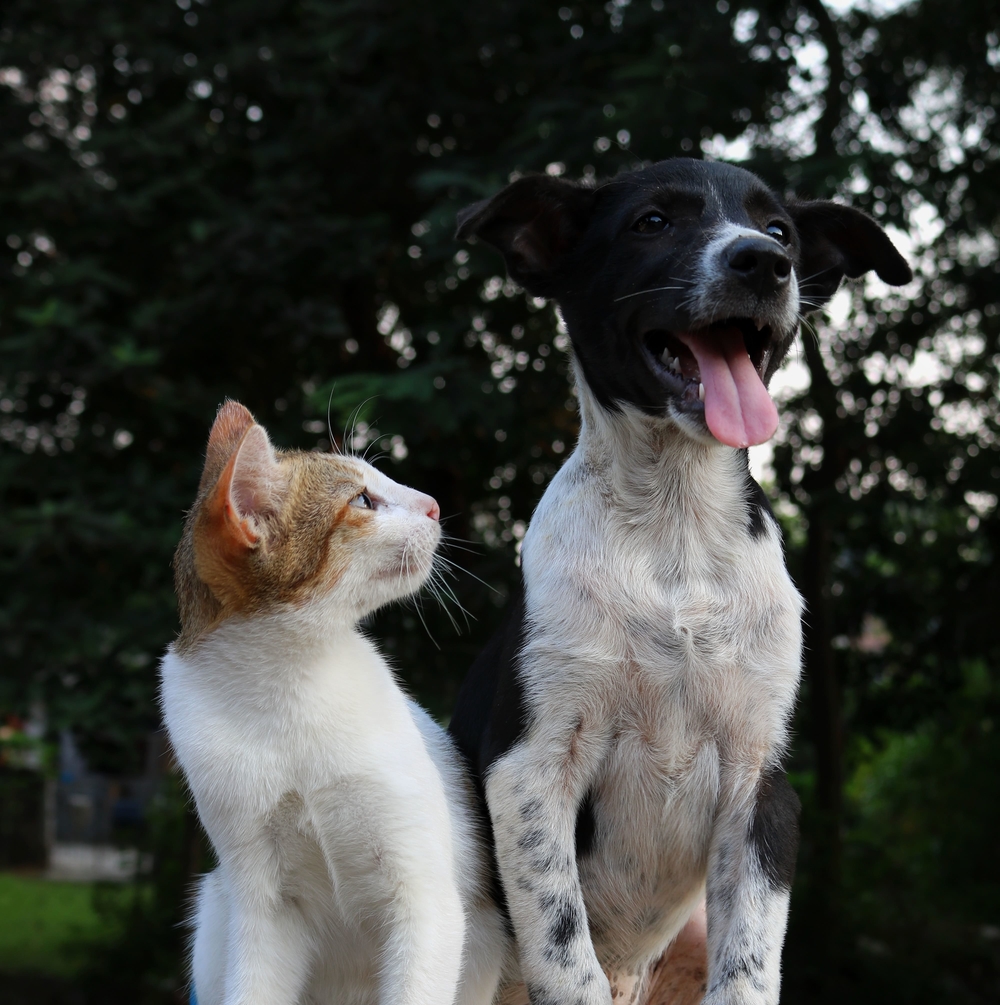
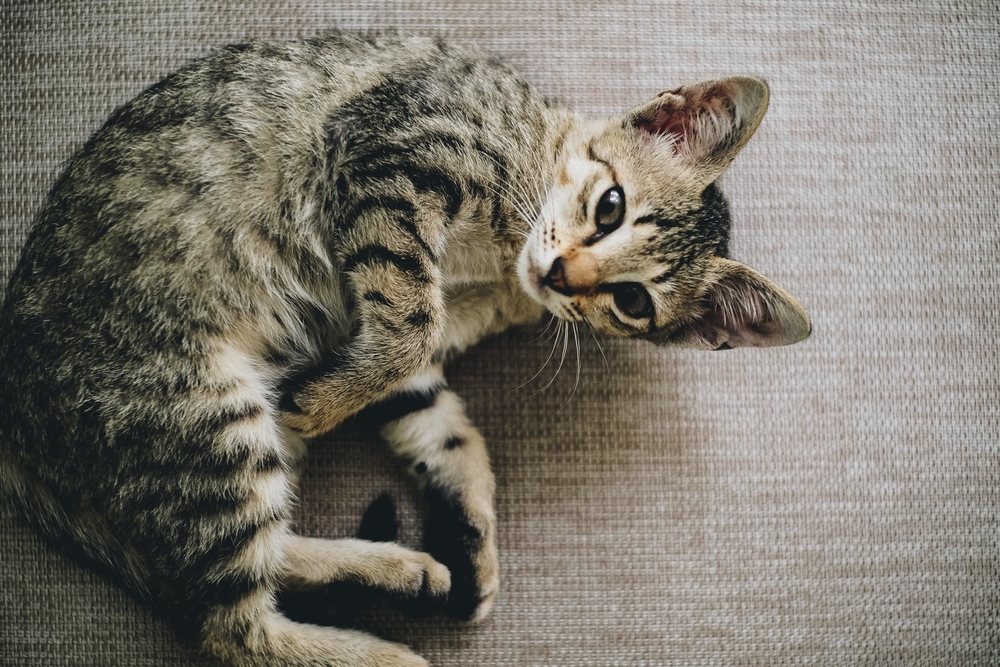
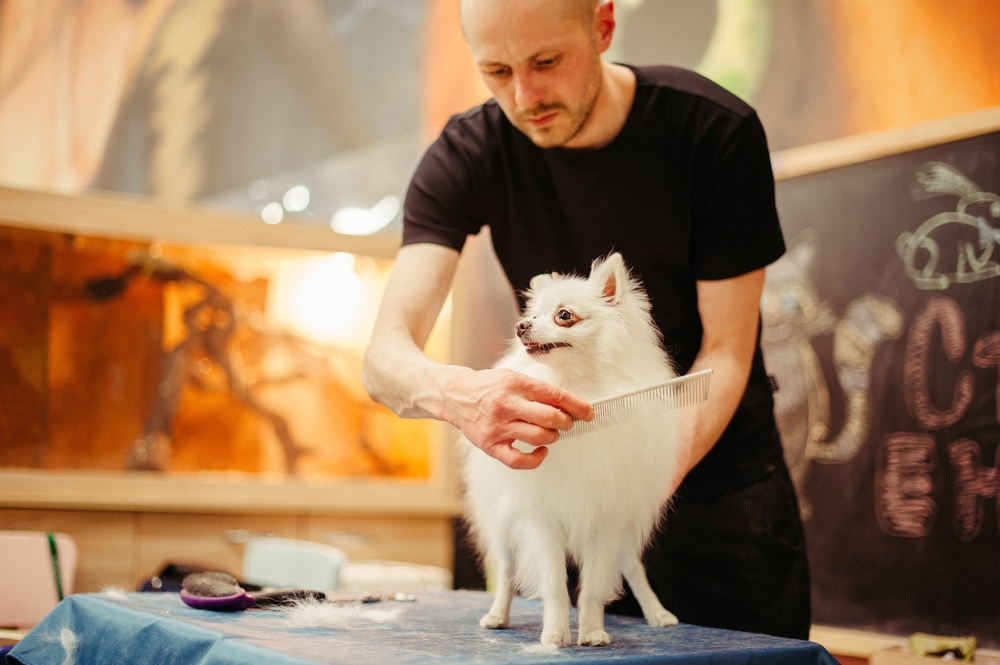

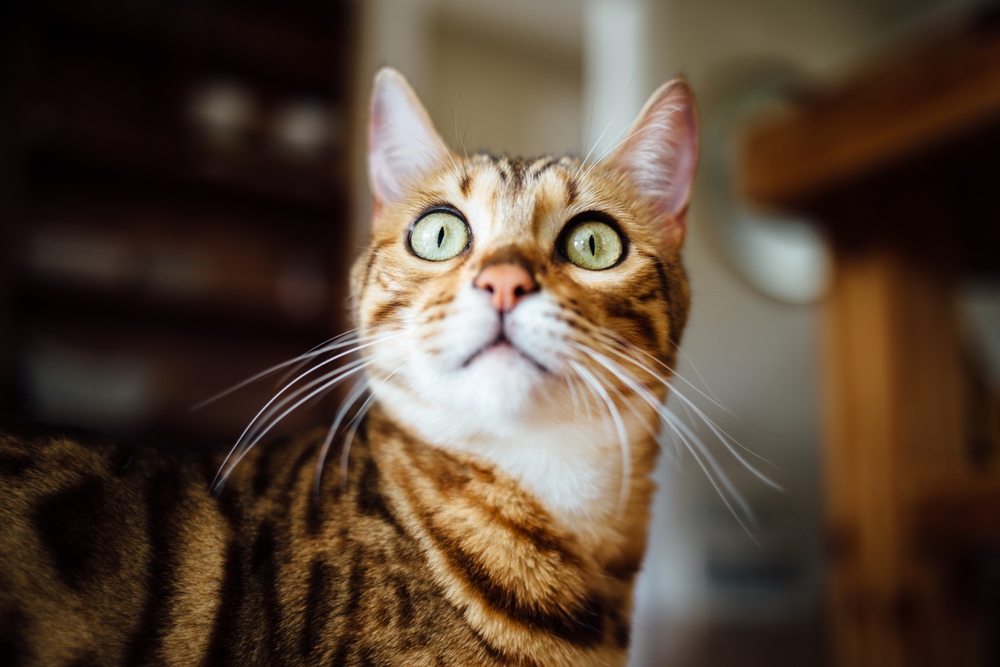


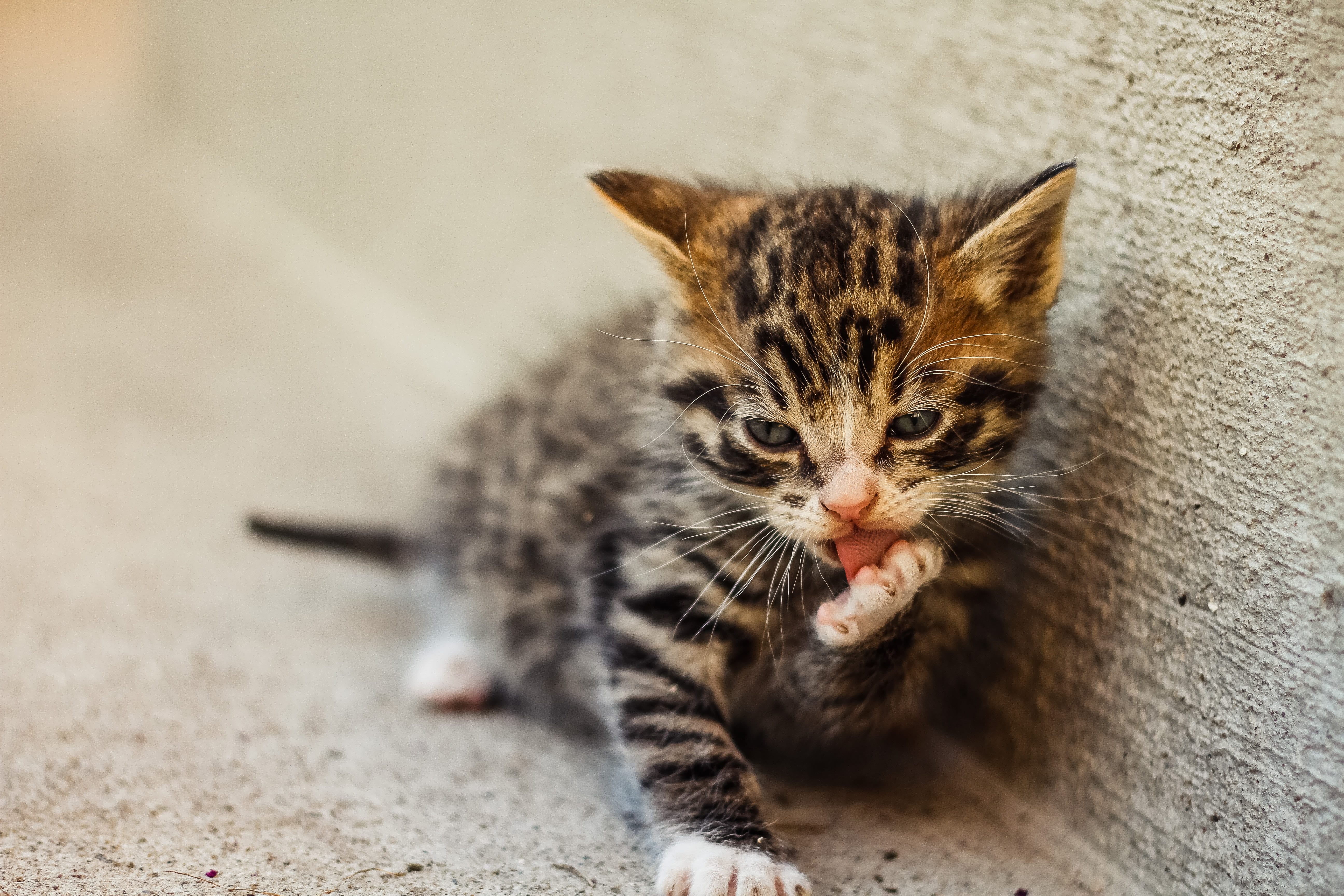

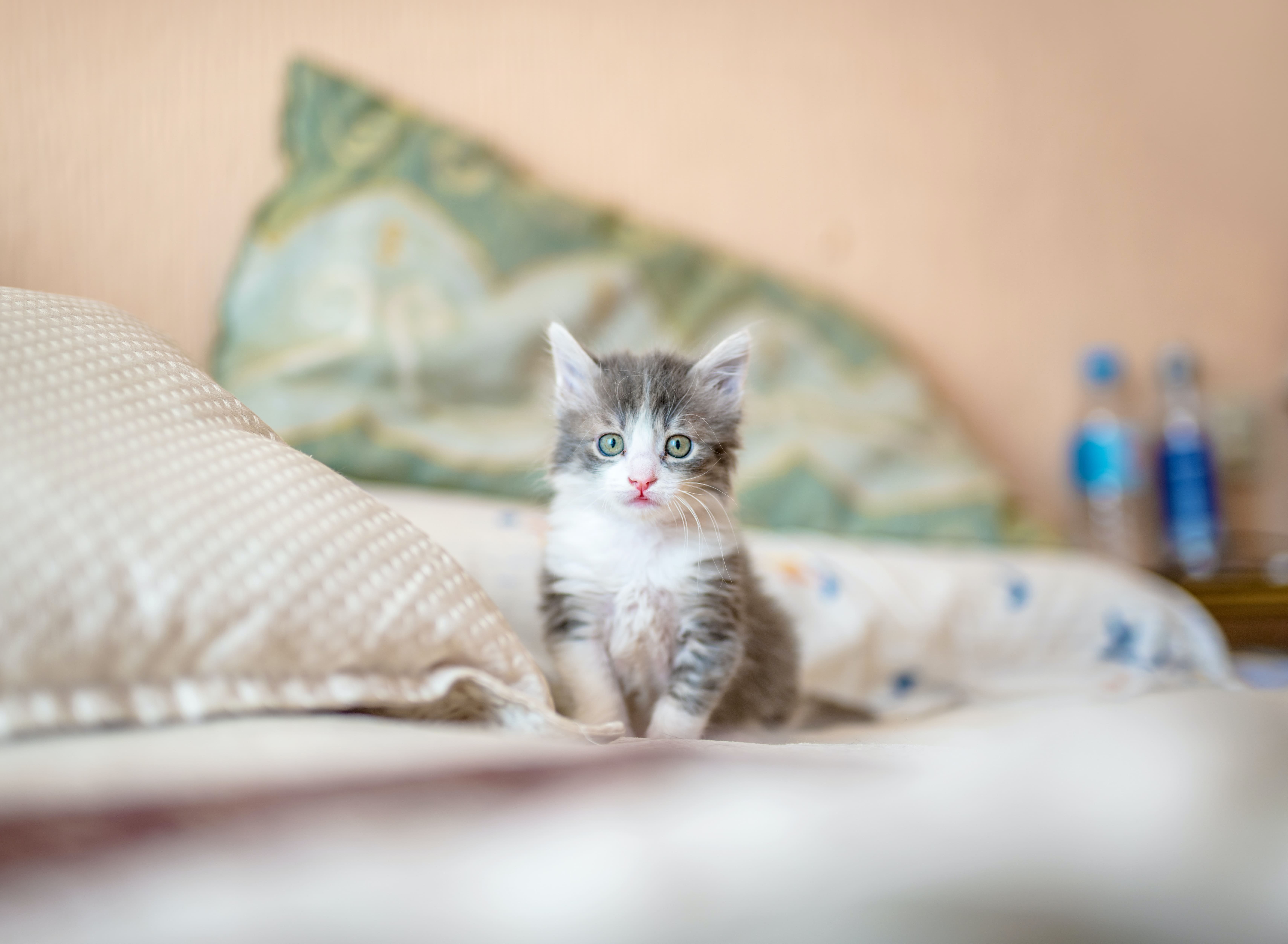
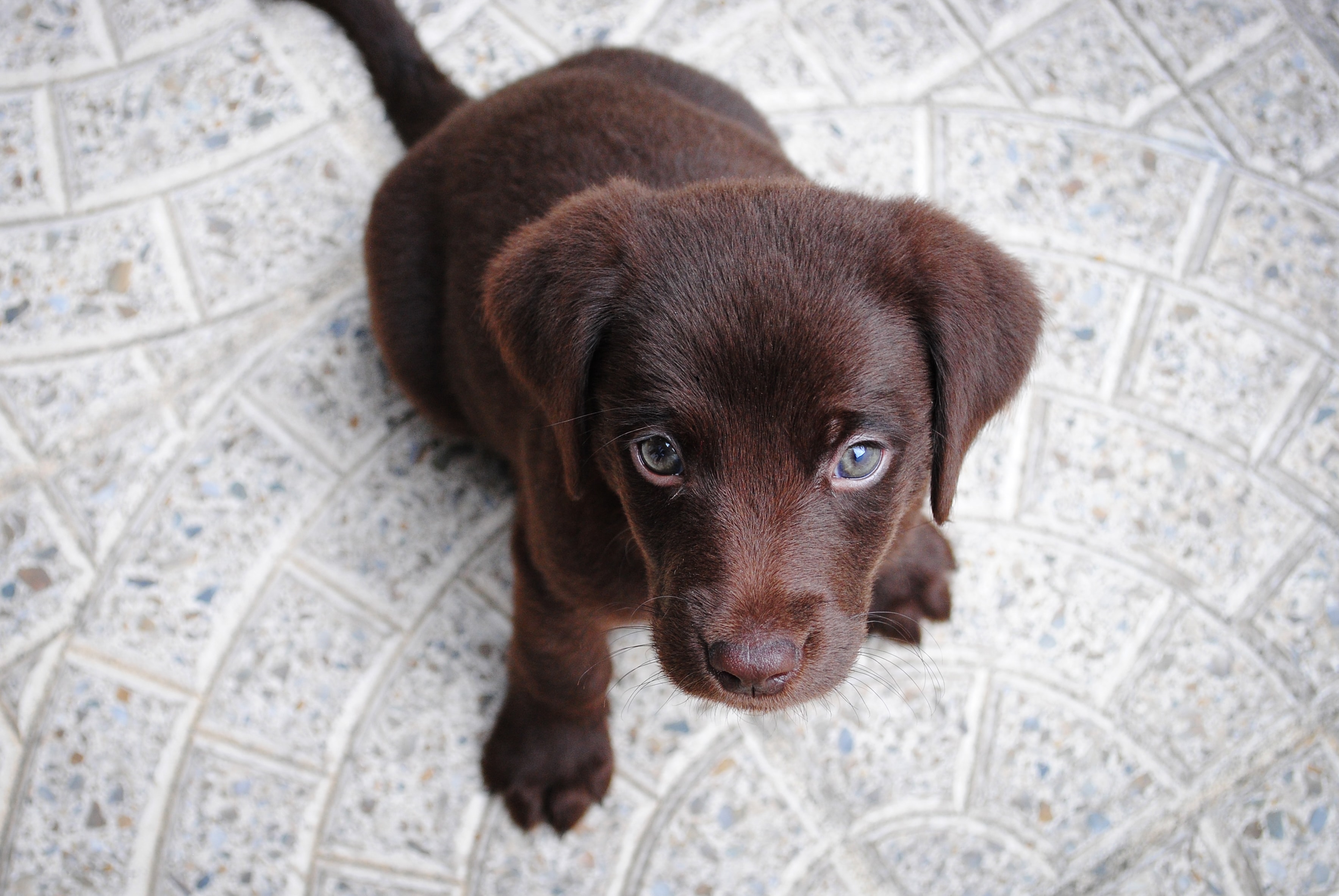


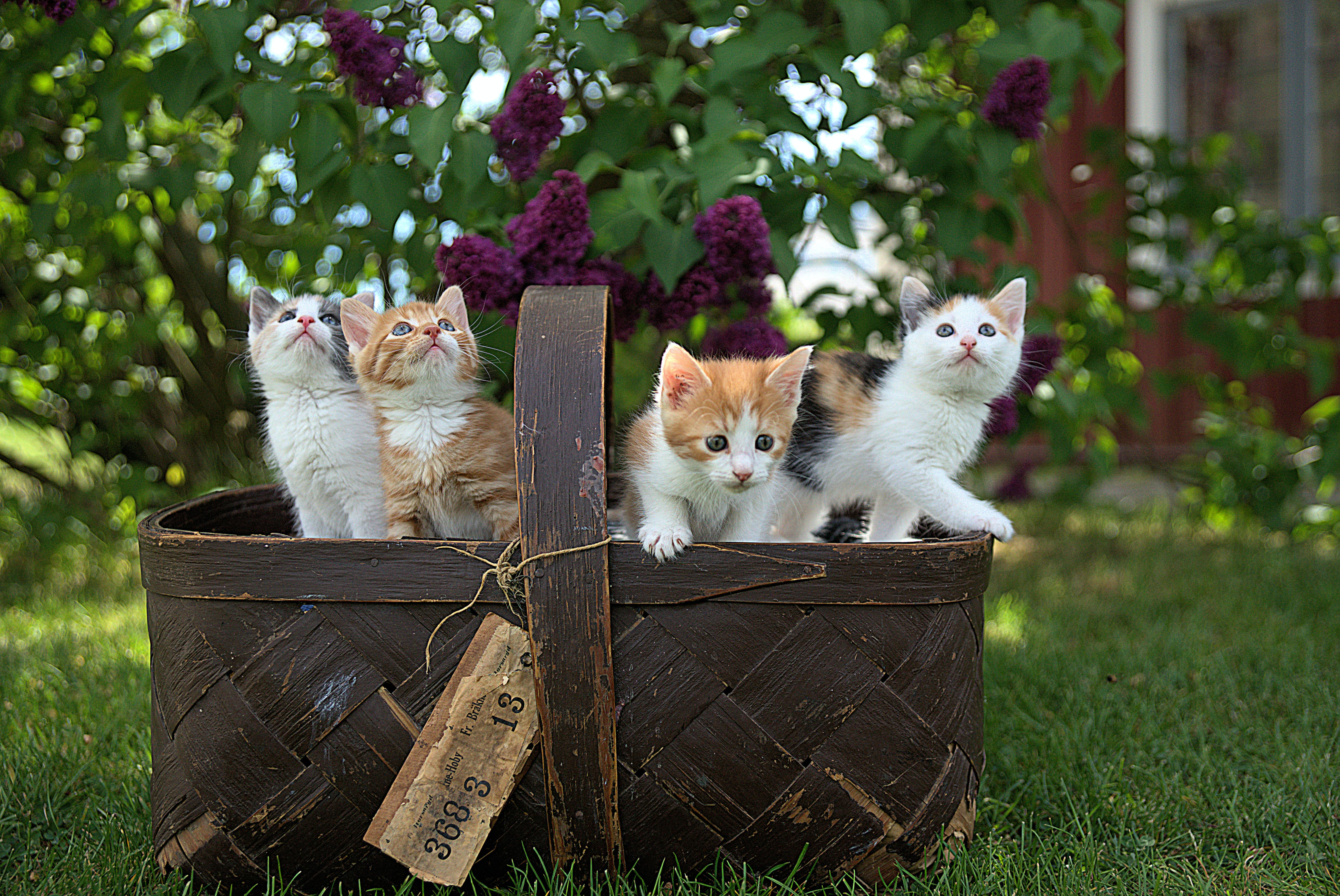
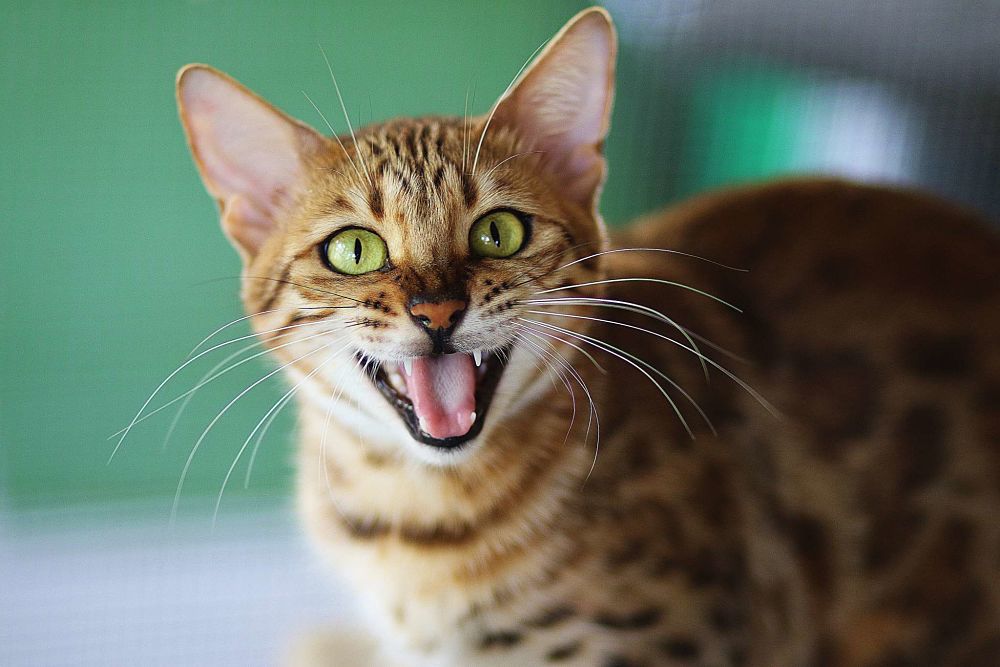


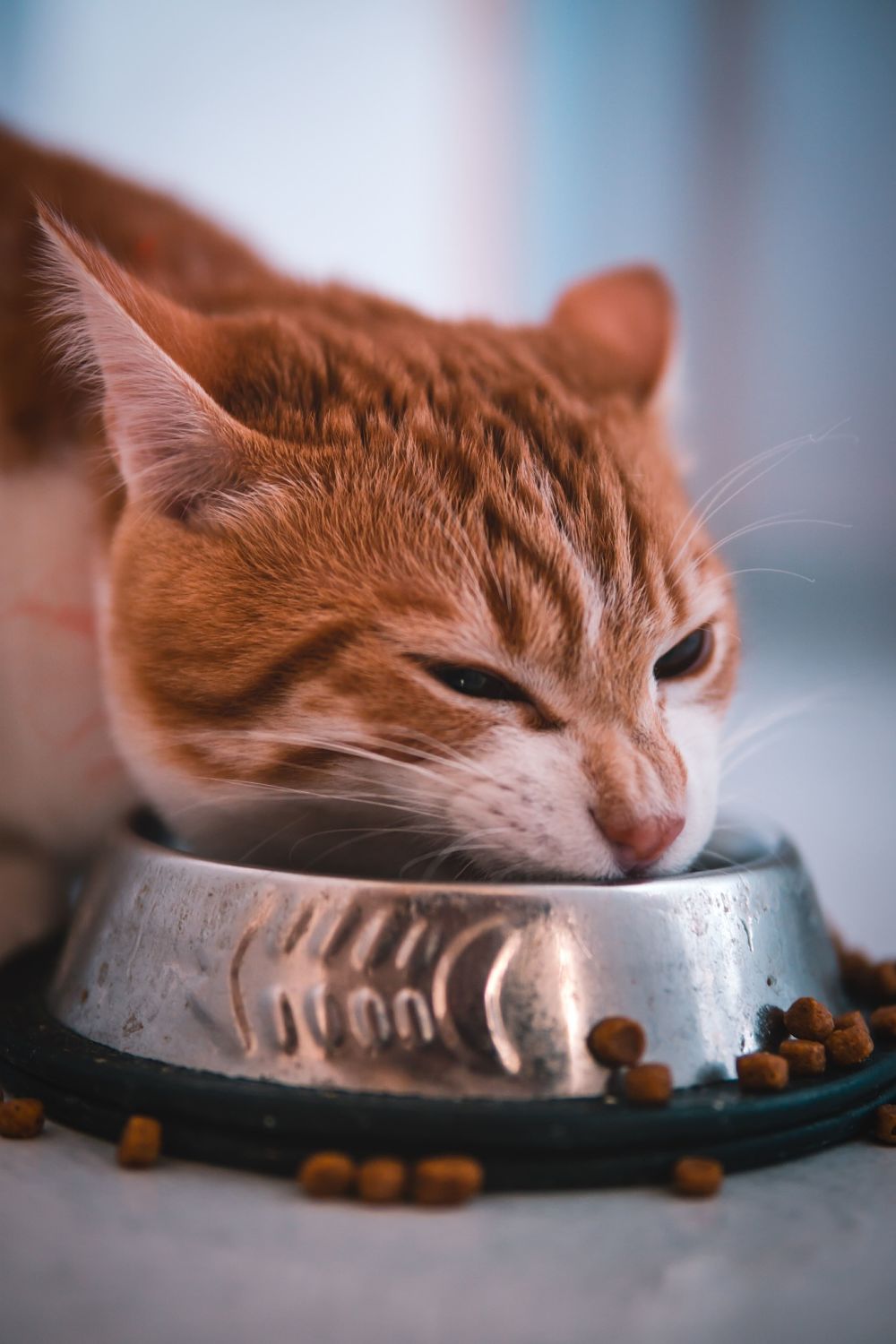


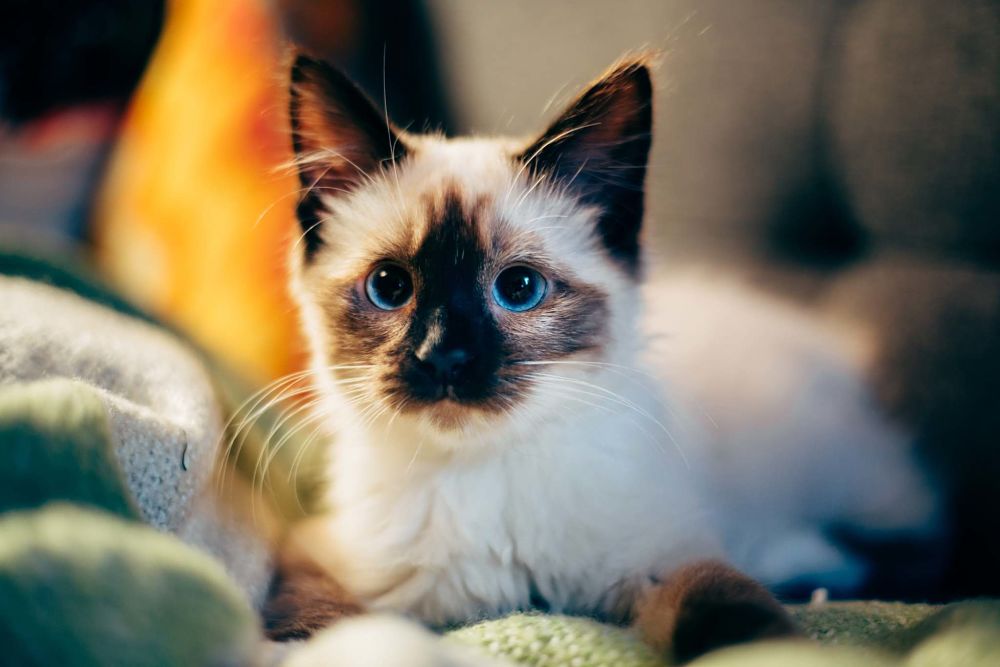


.jpg)


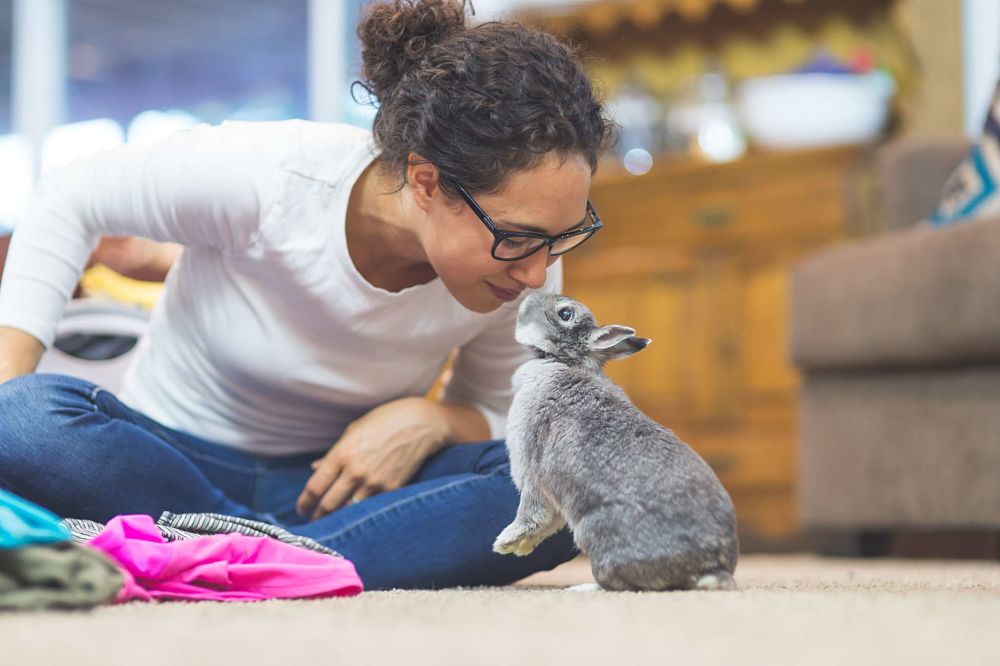


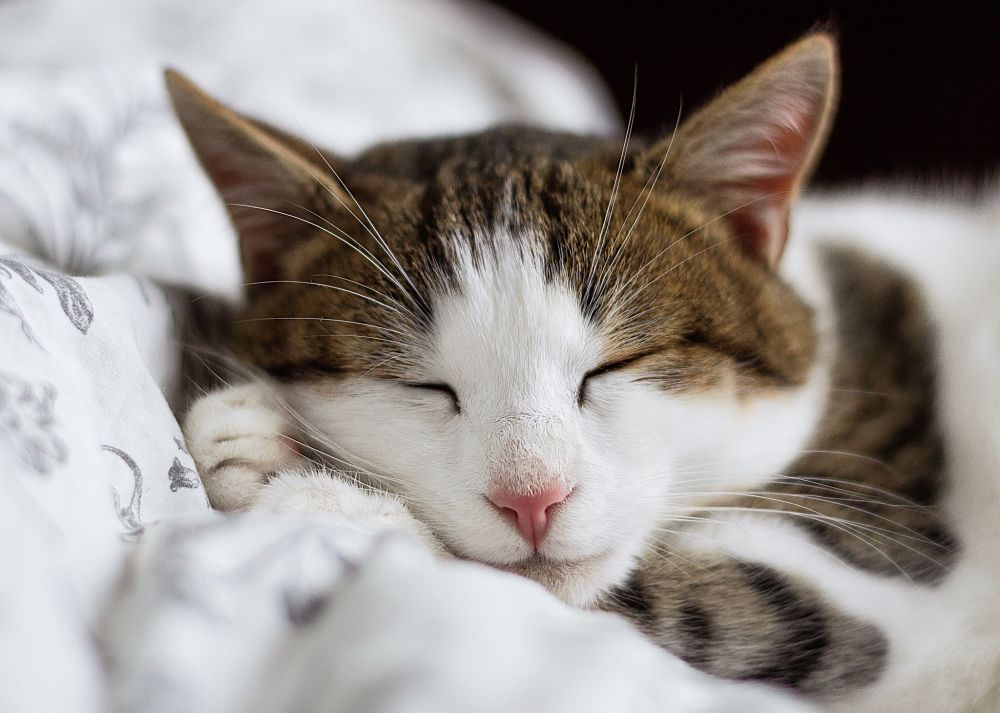
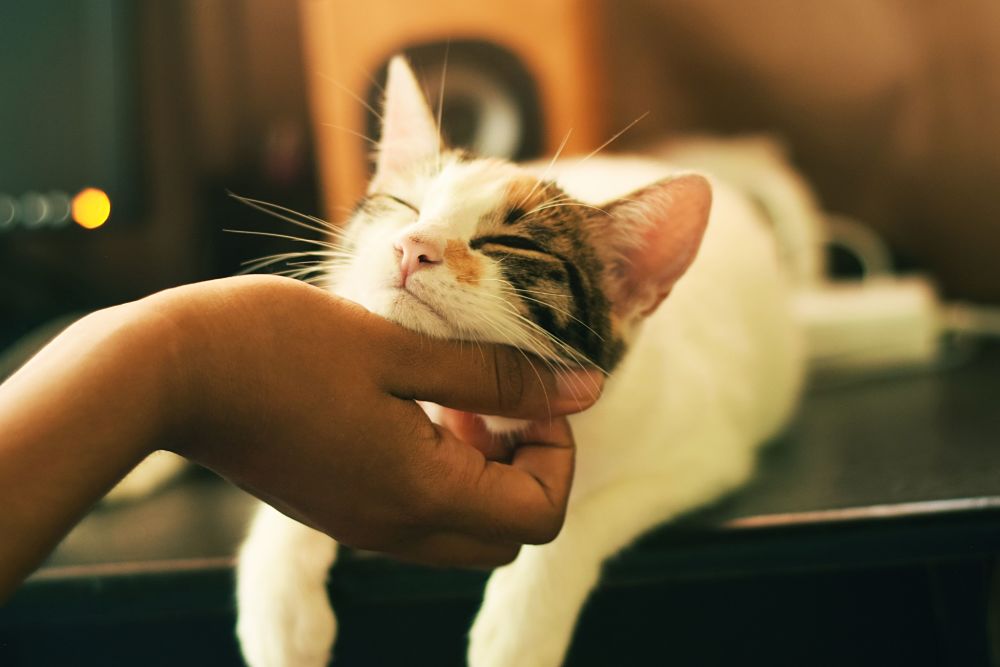




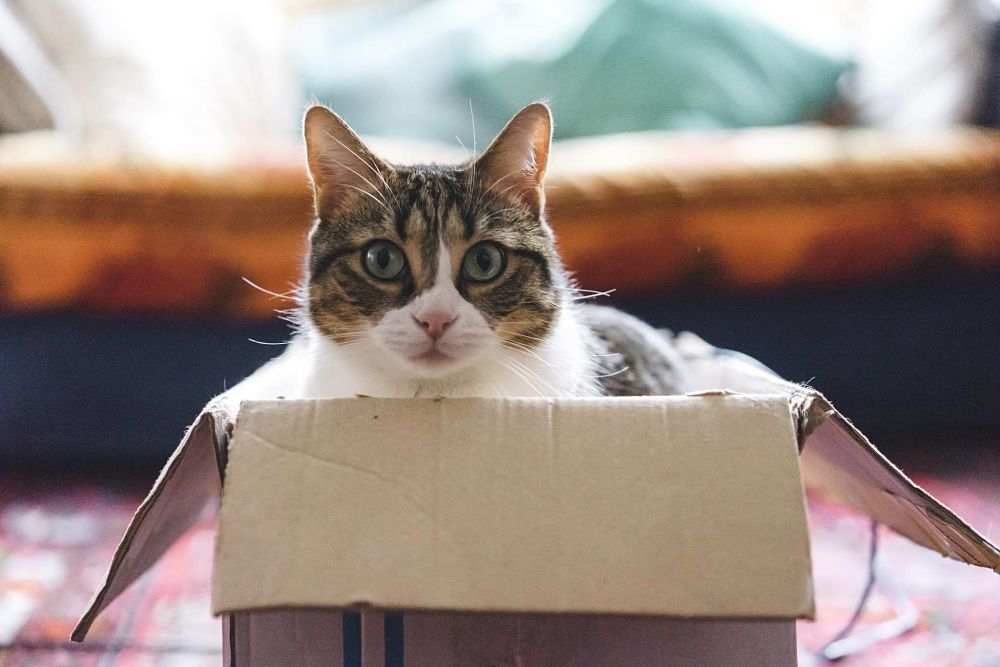

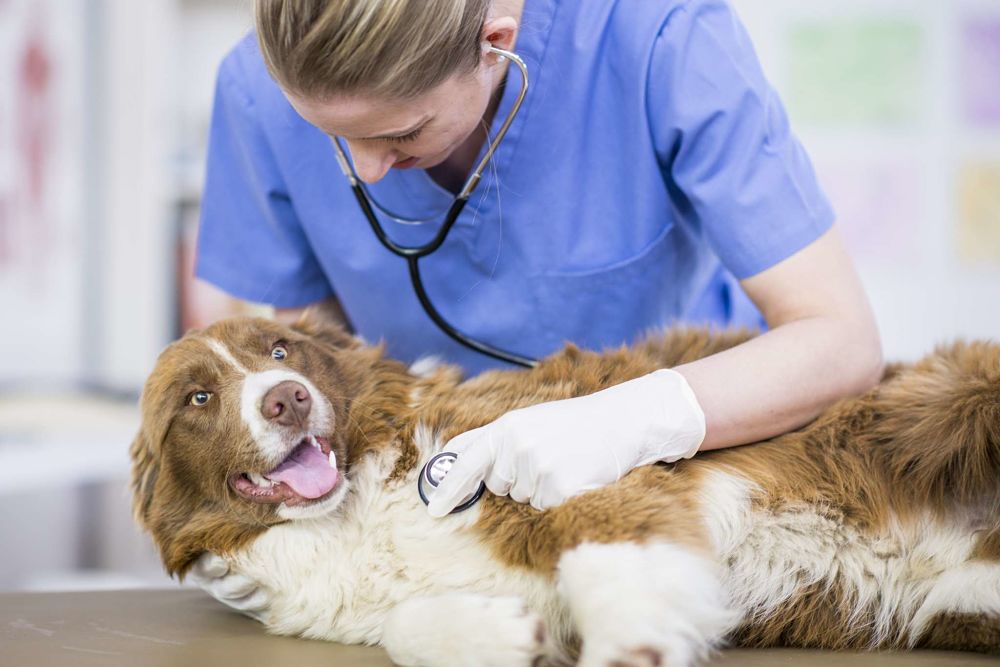
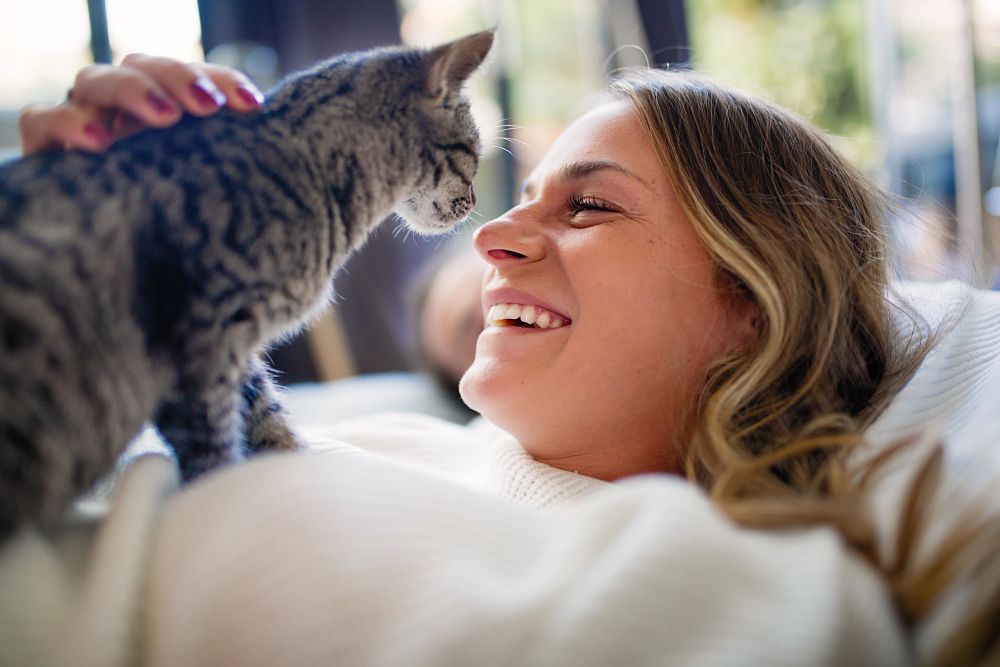






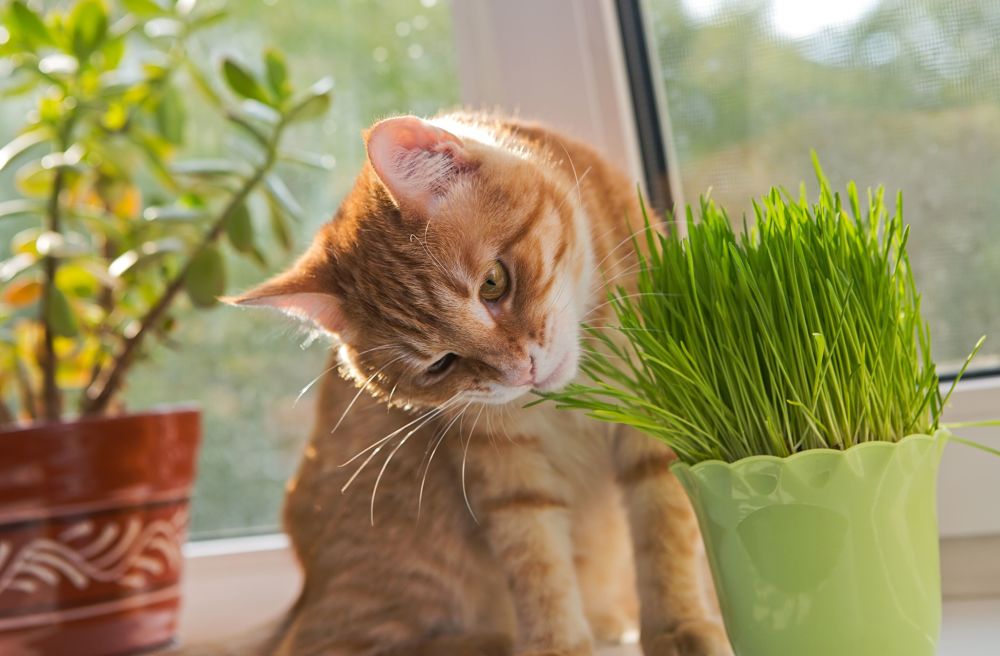



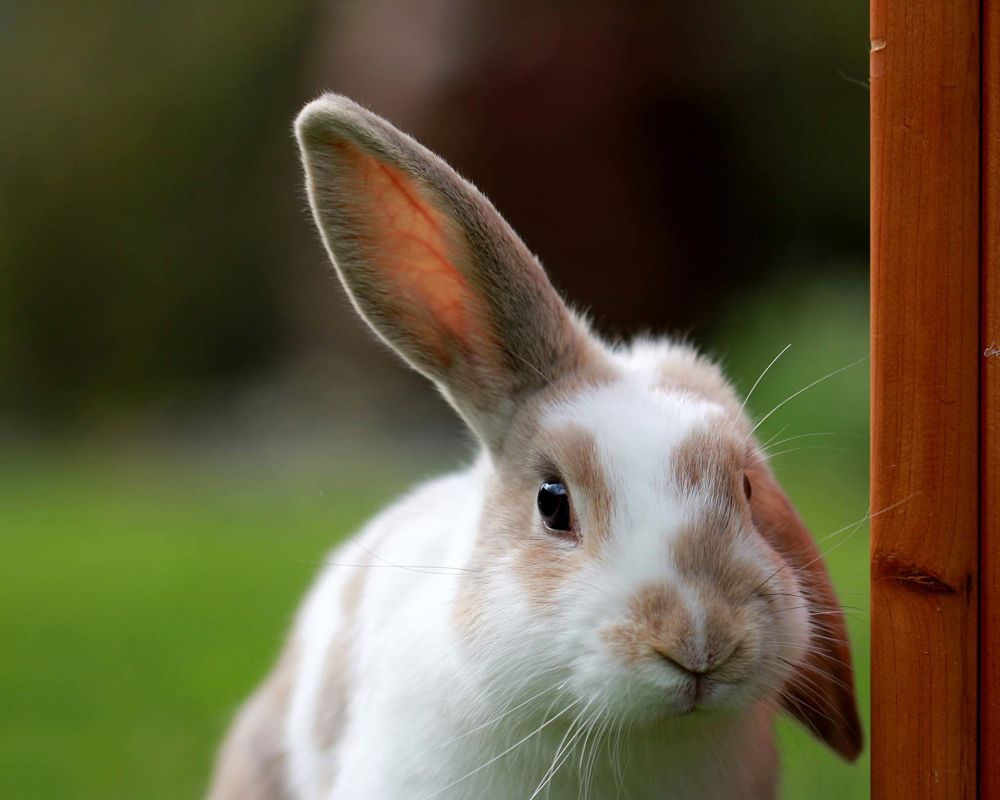






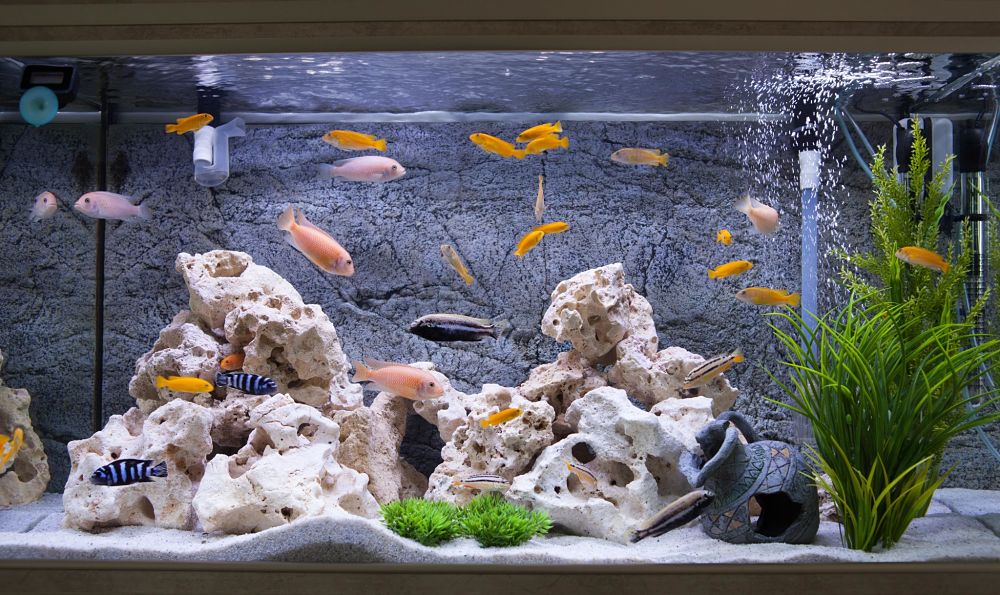
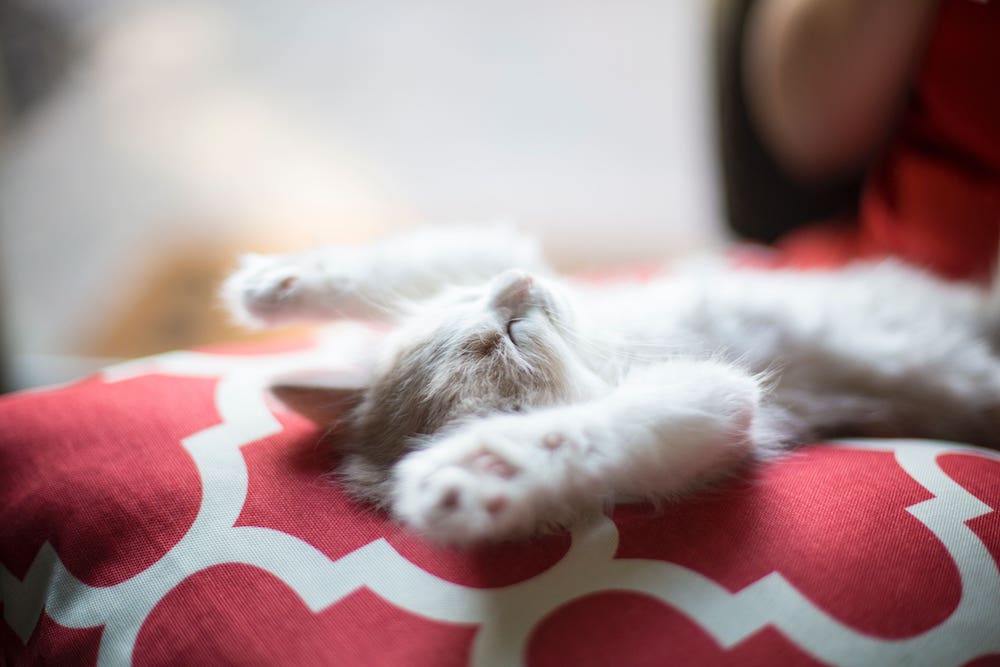
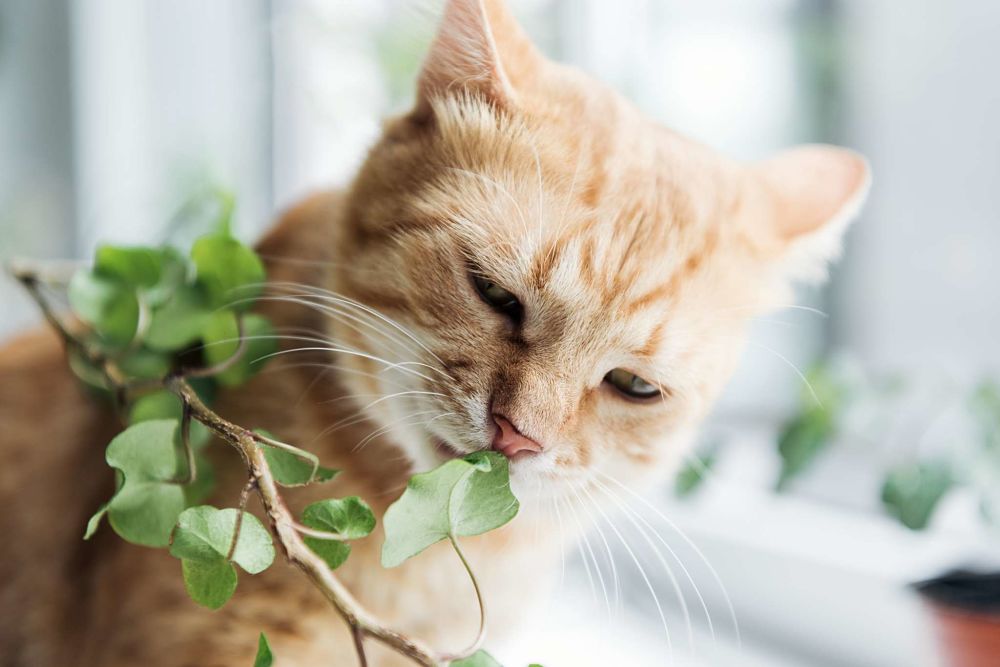
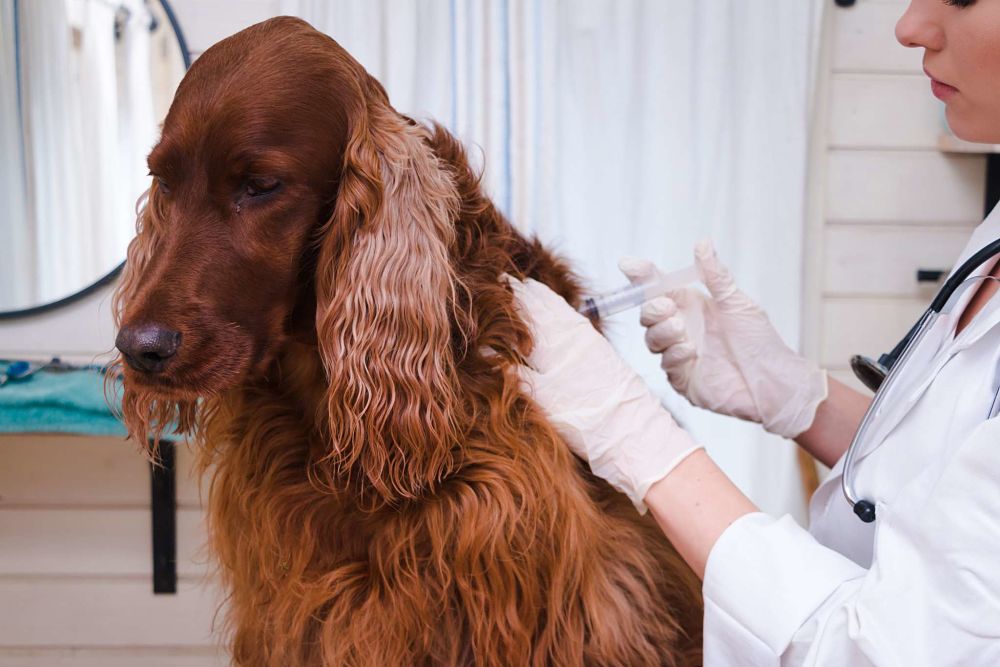



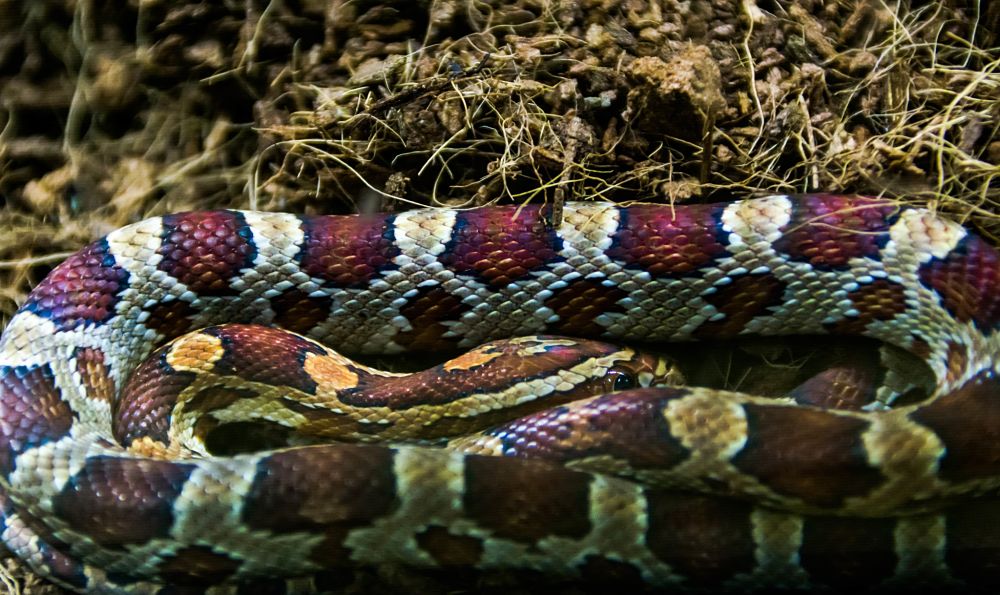
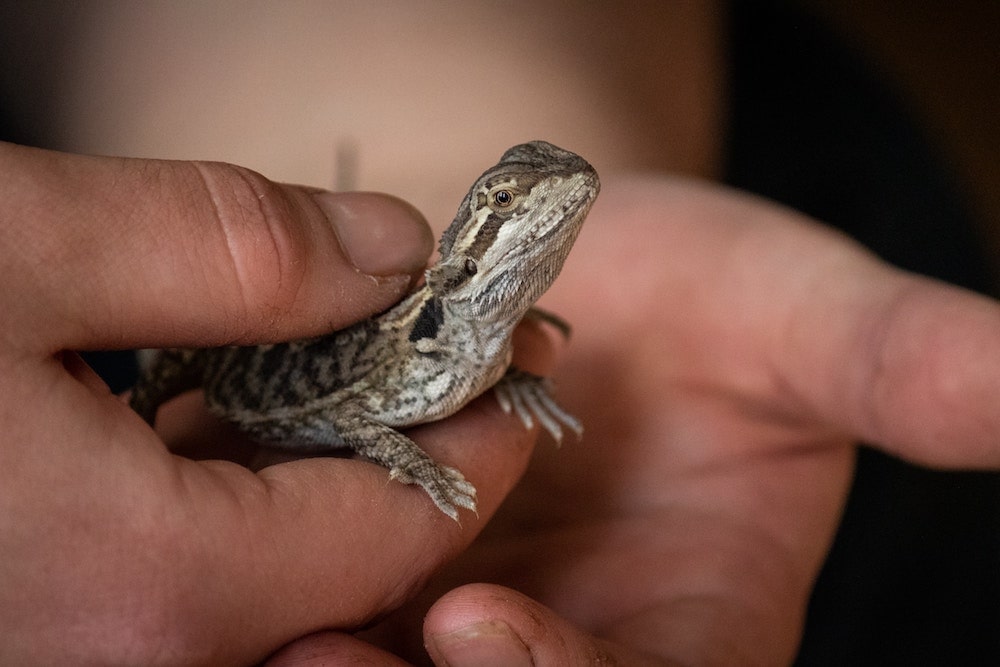


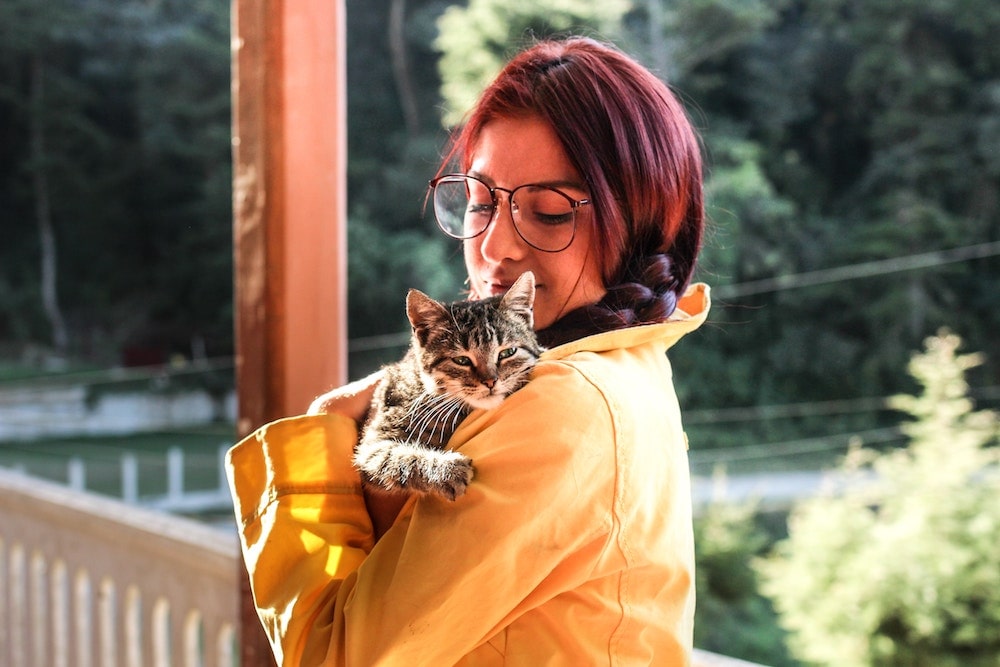
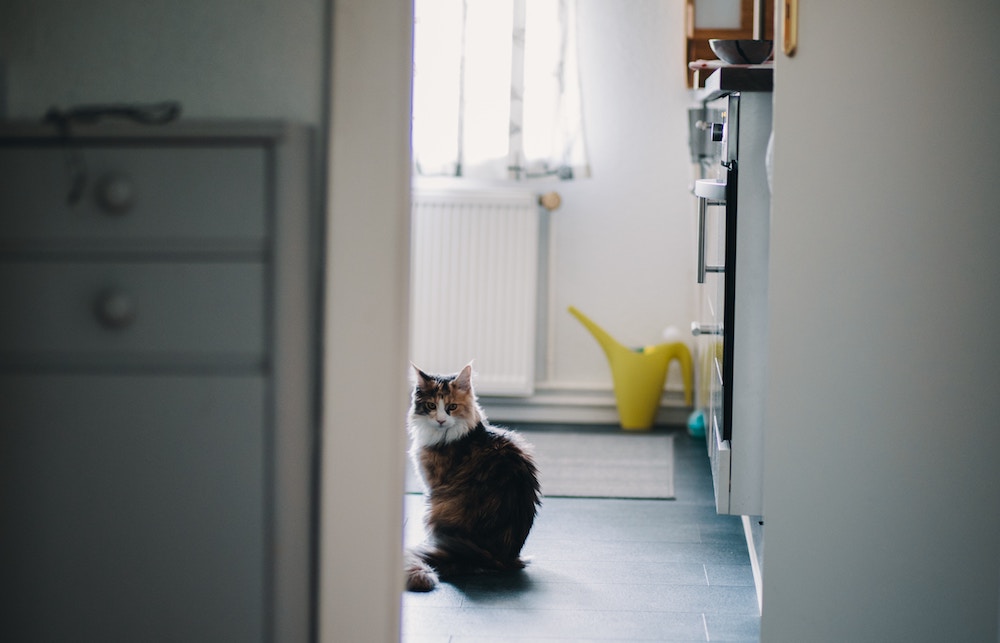
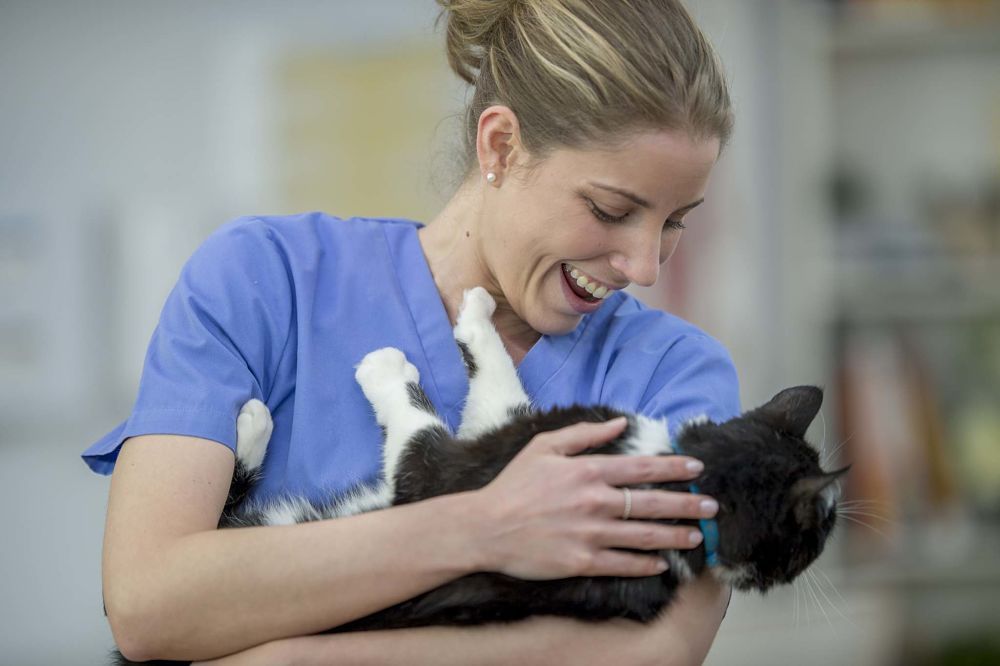


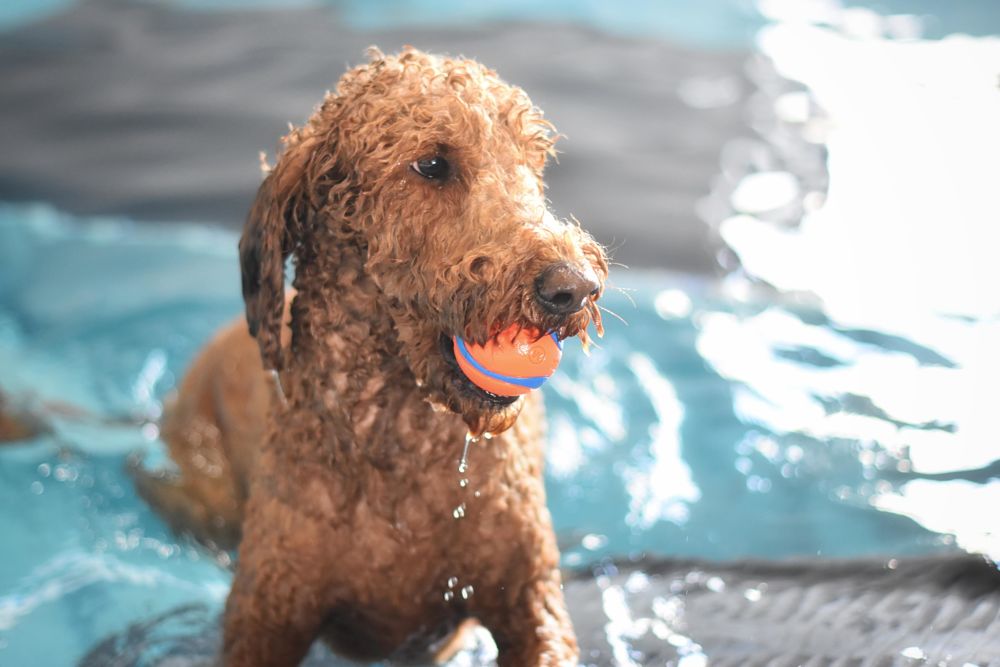
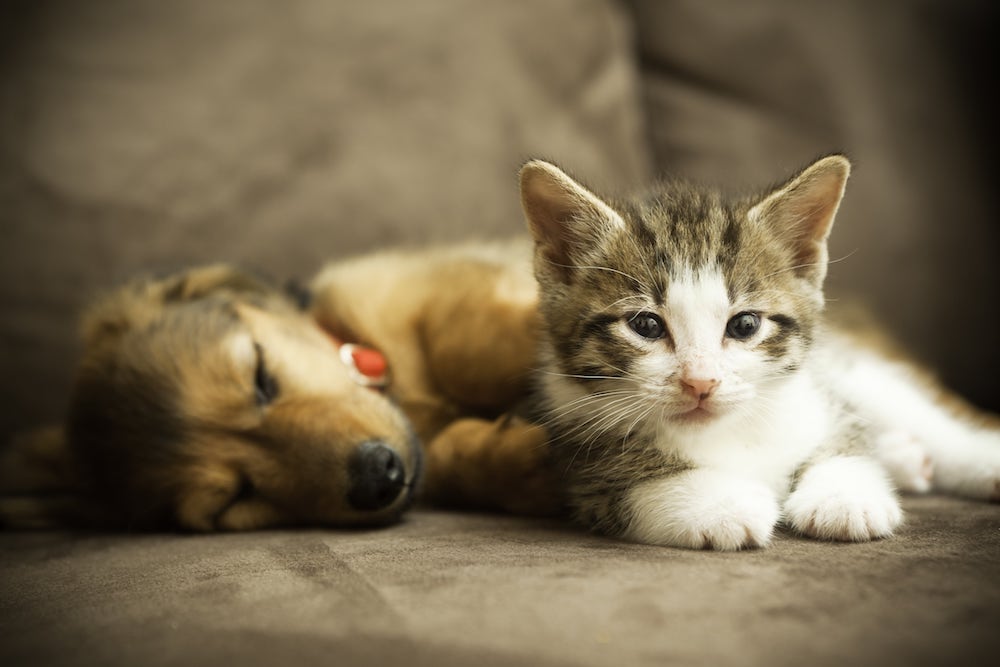



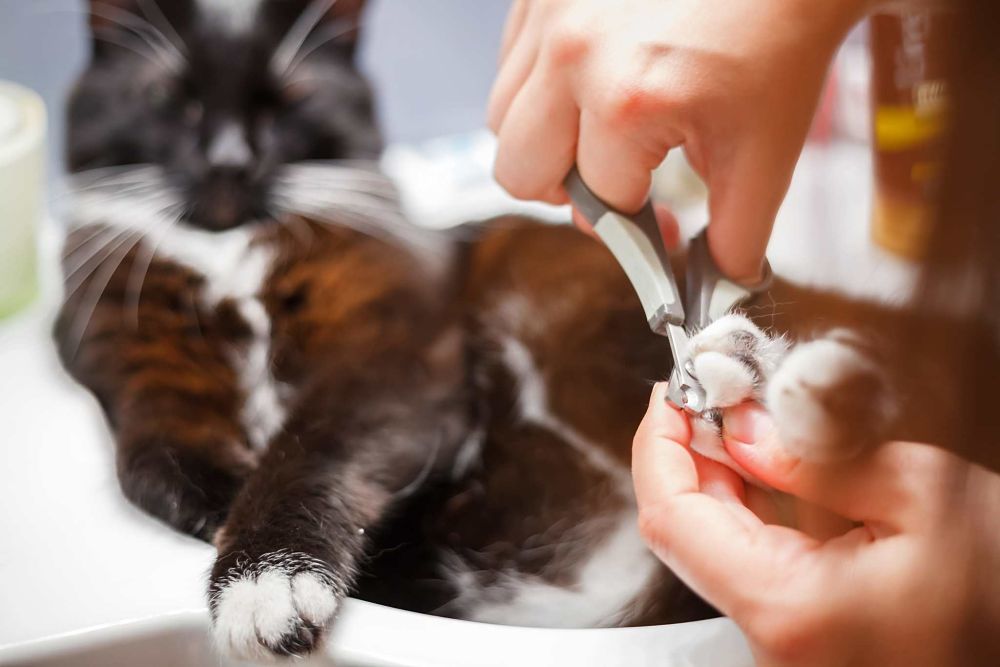
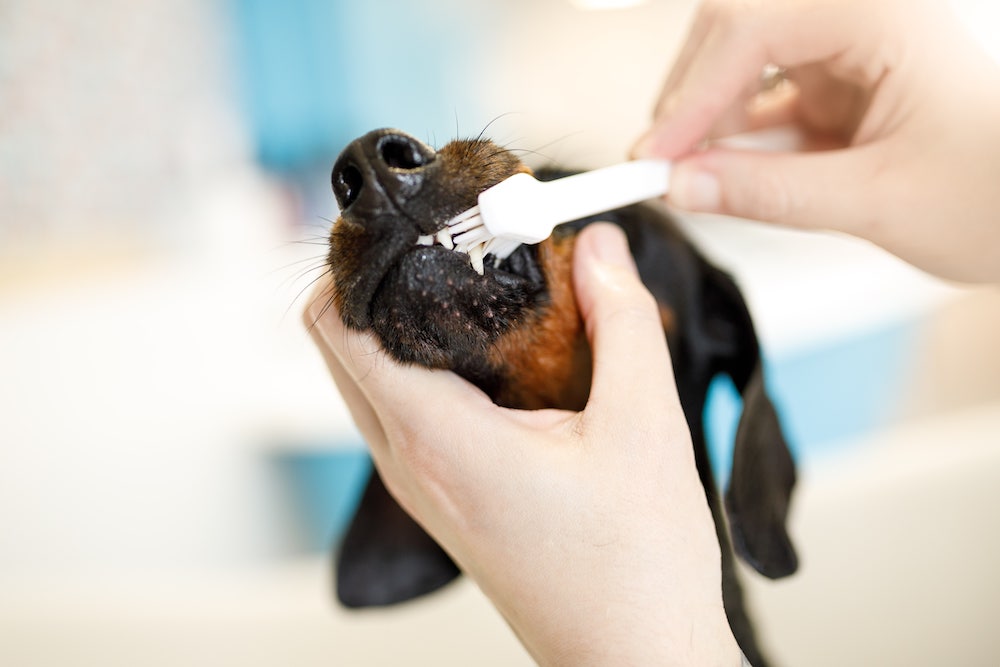
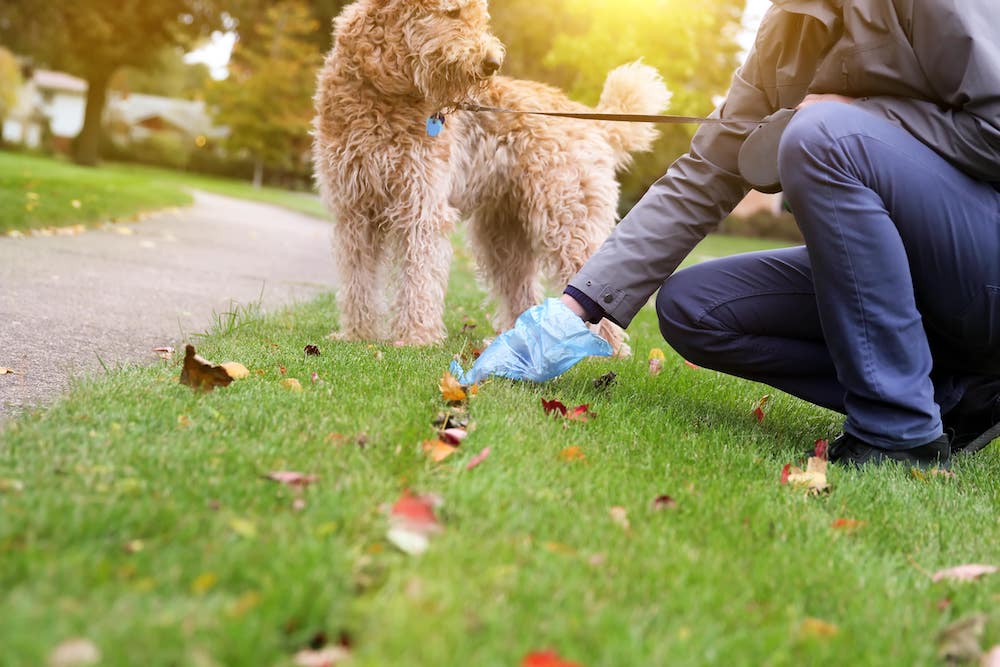

.jpg)




